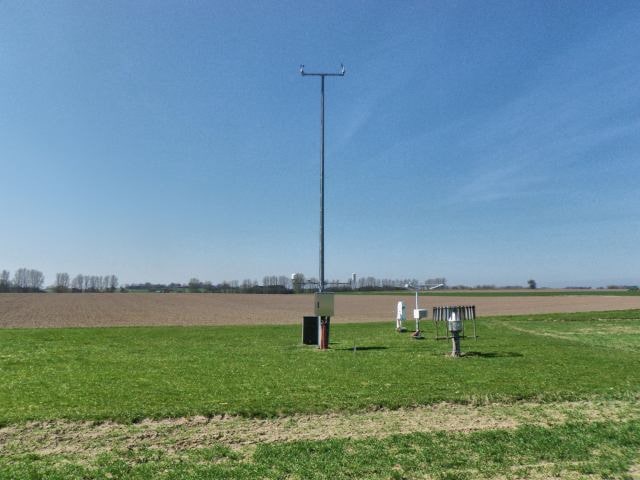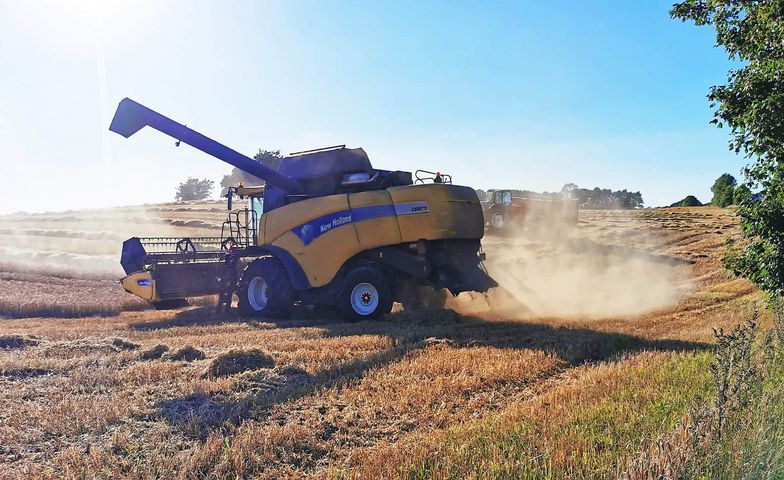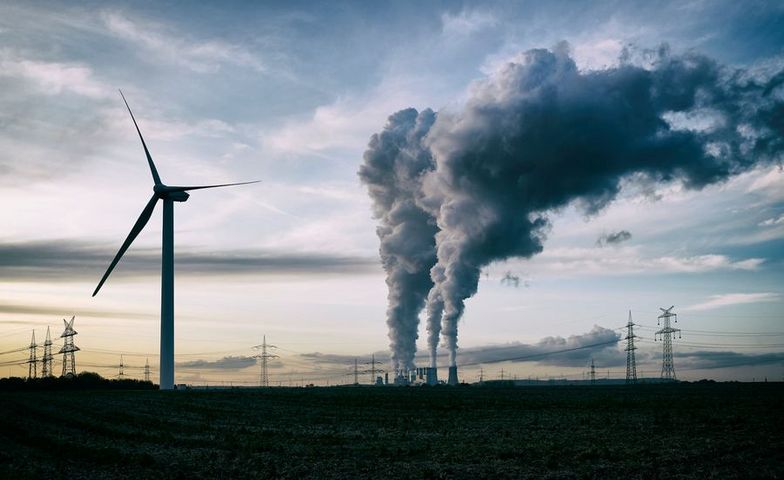Meteorological Observations
DMI performs a wide array of point measurements at its observing stations in Denmark, Greenland and Faroe Islands. This is an automated process in which wind, precipitation, temperature, humidity, visibility, pressure, cloud cover, weather and global radiation are measured, and data is transmitted to DMI.
Meteorological observation data are so-called raw data, which means that data is neither quality controlled nor processed in any way. Errors in these measurements may therefore sometimes occur. Errors are typically due to malfunction of instruments caused by wear and tear or exposure to weather and on rare occasions from vandalism. Wear and tear of the instruments are handled proactively by performing service checks at the stations on a regular basis and changing the instruments within a given period. Due to this, you have to be aware of the risk of erroneous measurements when using DMI’s meteorological observation data. Quality controlled observation data are called Climate Data.
When DMI performs meteorological observation measurements, they follow the recommendations of the WMO. These recommendations dictate amongst other things that:
- A temperature measurement is performed by measuring the air temperature 2 meters above ground level.
- A wind observation is performed at a height of 10 meters above open, flat terrain.

Image of synop station
DMI continuously works on quality assurance and the maintenance of its measuring instruments in regards to following the recommendations of the WMO. You read more about the guidelines from the WMO here (external site).
Meteorological observation data play a key part in the development and verification of national and international weather forecasts as well as weather- and climate models hereby providing sufficient foundation for DMI to fulfil its mission. Meteorological observation data also shape the foundation of the national climate surveillance, research, as well as the advisory on the present weather and the creation of commercial products.
Parameters
The parameters available for download are listed below along with a description and the unit of the parameter.
*In Greenland the precipitation is at some locations measured manually once a day. Once a month DMI receives the data, whereafter the data will be available through our API-services. There can be some instances where precipitation has not been measured daily for different reasons. There can therefore be instances, where a measurement can cover the accumulated precipitation of more than a day. A way to detect whether a measurement covers more than one day's accumulated precipitation, if there are not any data for the previous day(s).
**Some stations in Greenland only send data on an hourly basis.
Codes
Some of the parameters use codes instead of values. The codes currently in the system are listed below:
Precip_past1h and precip_past24h
- precip_past1h
- precip_past24h
The parameters precip_past1h and precip_past24h returns the amount of precipitation within the given period in kg/m2 with the exception of the codes listed below.
Snow_depth_man
The parameter snow_depth_manual returns the snow depth in cm with the exception of the codes listed below.
Wind_dir
The parameter wind_dir returns the direction from which the wind blows in degrees, where north is given as 360.
Cloud_cover
The parameter cloud_cover is reported in oktas (eights) and is the fraction of the sky covered by cloud of any type or height above the ground.
Weather
Codes 00-99: From manual observation stations
Codes 0-49 No precipitation at the station at the time of observation
Codes 0-19 No precipitation, fog, ice fog (except for 11 and 12), duststorm, sandstorm, drifting or blowing snow at the station at the time of observation or, except for 9 and 17, during the preceding hour.
Codes 20-29 Precipitation, fog, ice fog og thunderstorm at the station during the preceding hour but not at the time of observation.
*Hail, small hail, snow pellets.
Codes 30-39 Duststorm, sandstorm, drifting or blowing snow
Codes 40-49 Fog or ice fog at the time of observations
Codes 50-99 Precipitation at the station at the time of observation
Codes 50-59 Drizzle
Codes 60-69 Rain
Codes 70-79 Solid precipitation not in showers
Codes 80-99 Showery precipitation, or precipitation with current or recent thunder
**Hail, small hail, snow pellets
Codes 100-199: From automatic weather stations
Codes 100-119 Present weather reported from an automatic weather station
Codes 120-126 are used to report precipitation, fog (or ice fog) or thunderstorm at the station during the preceding hour but not at the time of observation.
Codes 127-199 Present weather reported from an automatic weather station
Stations
Endpoint
It is possible to get the station list through the metObs service by calling the station endpoint. See API documentation for endpoint.
The station list represents both present and historical data about a station - see Station Lists Explained.
List is also available here.
Historical availability
The metObs service provides data from 1953. However all parameters are not available for all stations as far back as 1953. Click here for page displaying the historical availability for each parameter at each station. The noted year is the first year with observations for the given parameter and station.
Station types for the metObs service
The DMI has five types of stations which measure meteorological parameters. A description of the different station types can be seen below.





